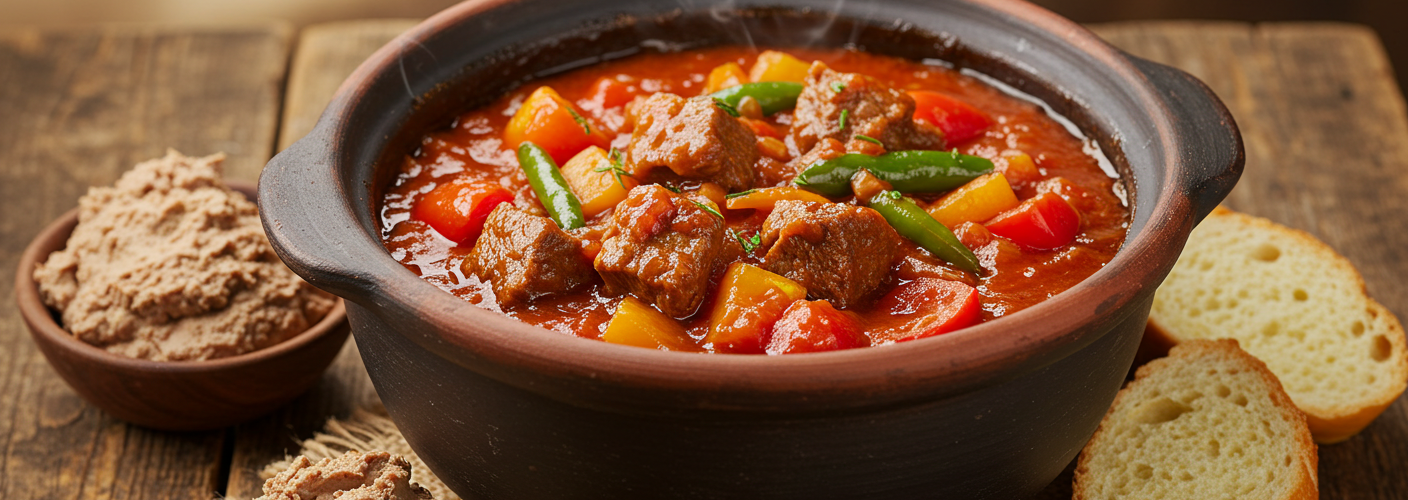Kaldereta is a beloved dish that embodies the heart and soul of Filipino cuisine. It’s a savory beef stew simmered in a rich tomato sauce that is uniquely enhanced with liver spread and a vibrant mix of vegetables. This dish is not just a meal; it’s a celebration of flavors and a staple on many Filipino dining tables, especially during festive occasions.
A History of Kaldereta
The origins of Kaldereta can be traced back to the Spanish influence in the Philippines. The term “caldereta” comes from the Spanish word “caldera,” which means pot. Traditionally, it was made with goat meat, but as it evolved over the years, beef became the more preferred meat due to its availability and tenderness. The incorporation of liver spread into the recipe differentiates Kaldereta from other stews, giving it a rich, creamy texture that is simply irresistible.
Ingredients that Make It Special
What makes Kaldereta stand out is its harmonious blend of ingredients. The centerpiece, of course, is the beef, which is often cut into chunks and braised until tender. A robust tomato sauce serves as the base, providing a slightly tangy flavor that balances the richness of the liver spread.
The liver spread, which can be made from pork or beef liver, adds depth to the dish, creating a velvety texture. This ingredient is what truly sets Kaldereta apart from other Filipino stews.
Accompanying the beef and sauce is an array of vegetables that vary by region and family tradition. Common vegetables include carrots, potatoes, bell peppers, and sometimes peas, adding both color and nutrition to the dish. Some variations also include olives and pickles, which introduce a delightful contrast to the stew’s flavor profile.
The Cooking Process
Making Kaldereta is a labor of love, requiring time and patience to allow the flavors to meld beautifully. First, the beef is marinated and then sautéed to brown it, intensifying its flavor. After browning, it is simmered with diced tomatoes, onion, and garlic, followed by the addition of liver spread and a splash of beef broth or water.
The stew is allowed to cook until the beef is tender and the sauce thickens. The final touch often includes adding the vegetables towards the end, ensuring they are cooked but still have a slight crunch.
Serving Suggestions
Kaldereta is best served hot, often accompanied by a side of steamed rice which helps to soak up the delicious sauce. It’s also common to see it served at celebratory gatherings, family reunions, and special occasions, showcasing its role as a dish that brings people together.
For those looking to explore Filipino cuisine, Kaldereta offers a rich tapestry of flavors that reflect the country’s history and culture. Whether you are trying your hand at making it or enjoying it at a local Filipino restaurant, this stew promises to enchant your taste buds and warm your heart.
In conclusion, Kaldereta is more than just a dish; it is a testament to the creativity and resourcefulness of Filipino cooking. With its rich ingredients and the warmth it brings to every table, Kaldereta remains a beloved favorite that continues to thrive in the hearts (and stomachs) of many.




Add comment